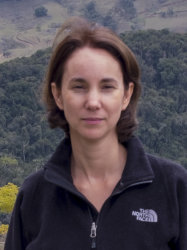BibTex format
@article{Hatfield:2018:10.1016/j.pecon.2018.10.004,
author = {Hatfield, JH and Orme, CDL and Banks-Leite, C},
doi = {10.1016/j.pecon.2018.10.004},
journal = {Perspectives in Ecology and Conservation},
pages = {215--220},
title = {Using functional connectivity to predict potential meta-population sizes in the Brazilian Atlantic Forest},
url = {http://dx.doi.org/10.1016/j.pecon.2018.10.004},
volume = {16},
year = {2018}
}

